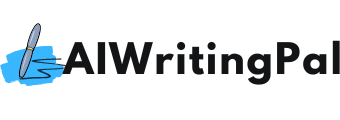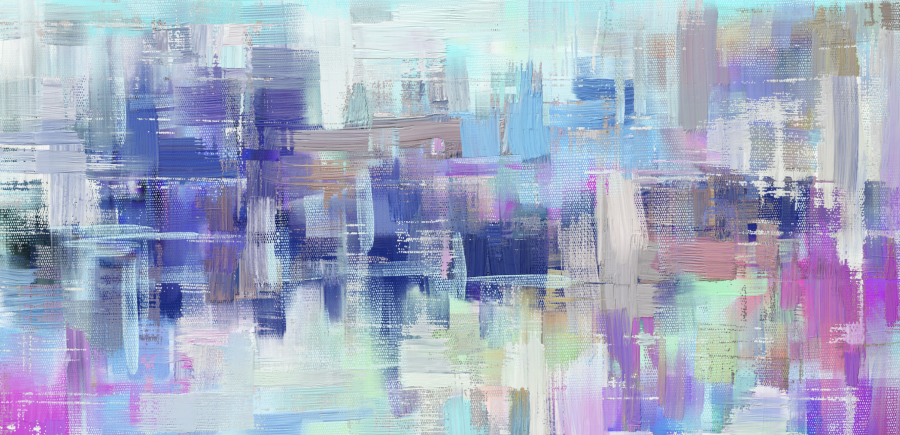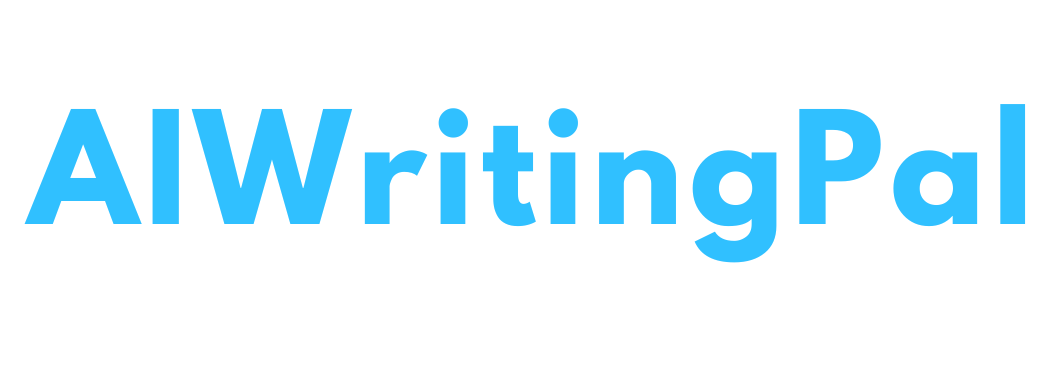AI Unleashing a Creative Revolution in the Arts and Beyond
Hello AI enthusiasts, tech savants, and creative gurus! Welcome back to our AIWritingPal blog, where we explore the burgeoning world of artificial intelligence and its awe-inspiring implications across myriad industries.
Today, we're diving into a fascinating subject: the intersection of AI and creative industries. We'll unveil how AI isn't a threat, as some fear, but rather an opportunity of epic proportions for creativity to thrive. So, buckle up and prepare to be enlightened!
I. Unpacking AI and Its Role in Creative Industries
Before we delve into specifics, let's quickly understand what we mean by AI and the creative industry.
AI, or Artificial Intelligence, refers to computer systems designed to mimic human intelligence and carry out tasks that would require human intellect – like understanding natural language, recognizing patterns, or learning from experience.
On the other hand, creative industries encompass fields like music, film, advertising, architecture, publishing, and design. They thrive on human creativity, talent, and intellectual property.
Now, combine the two, and you get a potent mix that is transforming the creative landscape. Here's how:
II. The Revolution: AI in the Creative World
1. Enhancing Creative Processes
AI is helping artists and creatives to push the boundaries of their craft. Whether it's generating inspirational material or providing tools to make the creative process more efficient, AI is becoming a creative partner rather than a replacement. It can:
- Generate initial drafts for writers.
- Suggest color palettes for designers.
- Recommend beats and melodies for musicians.
2. Predictive Analytics
With AI's data-crunching capabilities, creatives can now make data-driven decisions. Predictive analytics can help:
- Determine audience preferences.
- Predict upcoming trends.
- Optimize content for the best audience response.
3. Streamlining Workflow
AI can automate tedious, time-consuming tasks, freeing creatives to focus on what they do best: creating. It can:
- Edit and proofread texts.
- Automate video editing.
- Generate 3D models in design.
III. Exemplary Use Cases
To bring this closer to home, let's look at a few concrete examples of AI in action within creative industries:
-
Music: AI programs like AIVA and Amper Music are already composing music for ads, films, and games.
-
Film: Companies like ScriptBook use AI for script analysis, helping film producers predict a script's market potential.
-
Design: Tools like Runway ML and Daz 3D employ AI to create and manipulate digital design elements effortlessly.
IV. Addressing the AI Fear Factor
While the potential of AI in creative industries is enormous, it's not without its detractors. However, remember, AI is not here to usurp the creative throne but rather augment it. Here's why:
-
AI lacks human emotion and empathy, crucial for truly creative endeavors.
-
AI can generate, but humans curate, bringing taste, judgment, and cultural understanding to the table.
V. The Future is Bright
Looking forward, the fusion of AI and creativity is an exciting realm filled with unlimited potential. As we refine and expand AI capabilities, we can expect:
-
More tailored creative tools powered by AI.
-
Better understanding of audience preferences and behavior.
-
Increased opportunities for creators to explore and express their creativity.
In conclusion, the advent of AI in the creative industries signals a thrilling era of symbiotic growth and innovation, rather than a doomsday scenario of human obsolescence. AI is not a nemesis; it is a tool, a partner, and most importantly, an opportunity.
Embrace it, explore it, and let's together usher in a future where technology and creativity not only coexist but flourish!
Stay tuned to our AIWritingPal blog for more illuminating insights into the world of AI. Until next time, keep innovating!


